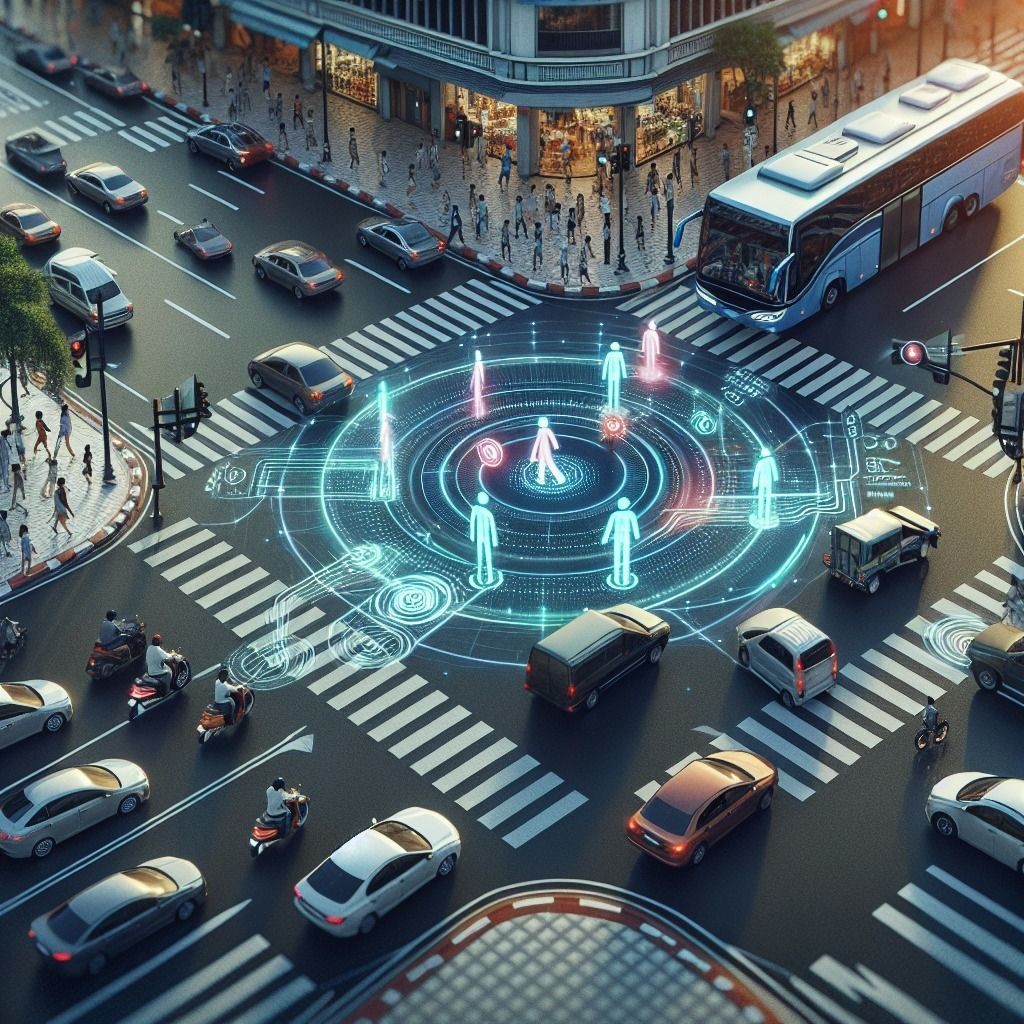
SpecialtyNetworkSllc – Artificial intelligence (AI) tools are increasingly integrated into safety and monitoring systems across industries. From predicting natural disasters to monitoring cybersecurity threats, AI is capable of analyzing vast amounts of data in real time. This ability allows organizations to respond faster and more accurately to potential dangers. As technology advances, AI is becoming a vital part of both prevention and protection strategies.
One of the most powerful features of AI is its predictive capability. By analyzing patterns and historical data, AI tools can forecast events such as equipment failures, financial fraud, or even health risks. For example, AI algorithms in weather monitoring systems can detect early signs of storms or earthquakes, giving communities valuable time to prepare. This proactive approach helps save lives and reduce damages.
“Read More : AI Model Featured in Vogue: Innovation or Threat to Human Models?”
Cybersecurity has become one of the biggest challenges in the digital era, and AI offers a robust defense. AI-powered security systems continuously scan networks for suspicious activities, instantly flagging anomalies that could signal cyberattacks. These systems can adapt to new threats quickly, ensuring that businesses and individuals stay protected against evolving digital dangers.
AI is also transforming surveillance, making it smarter and more responsive. Advanced AI cameras can identify unusual behavior, recognize faces, and detect dangerous objects in real time. In public safety, this means faster responses to emergencies. In private sectors, such as retail or offices, AI monitoring helps prevent theft and maintain a secure environment without requiring constant human supervision.
“Read More : Meta’s AI Takes a Leap Toward Self-Improvement: Zuckerberg’s Bold Claim”
While AI monitoring tools offer many benefits, they also raise concerns about privacy and ethical use. Continuous surveillance can create tension between safety and personal freedom. Therefore, regulations and transparency are essential to ensure AI tools are used responsibly, without infringing on individual rights. Clear policies can help balance security with respect for privacy.
As AI technology continues to evolve, its role in warning and watching will only expand. Future systems may integrate multiple sources of data, from satellites to wearable devices, creating a more comprehensive safety network. When used ethically and effectively, AI tools can make societies safer, more prepared, and more resilient against both natural and man-made threats.